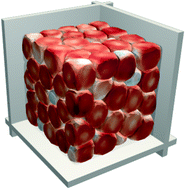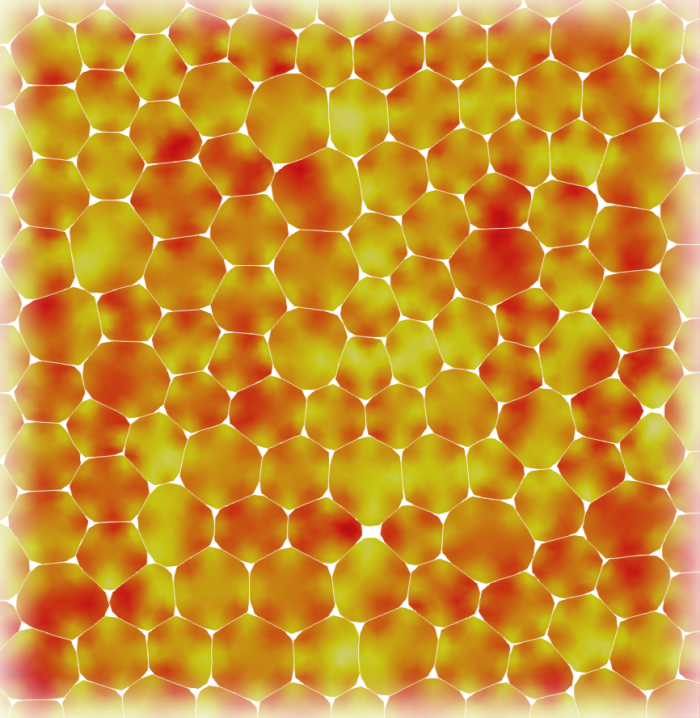Jonathan Barés, Manuel Cardenas-Barrantes, David Cantor, Mathieu Renouf, Emilien Azéma, Papers in Physics, vol. 14, art. 140009 (2022). https://www.papersinphysics.org/papersinphysics/article/view/798
Softer than soft, squishy granular matter is composed of grains capable of significantly changing their shape (typically a deformation larger than 10%) without tearing or break- ing. Because of the difficulty to test these materials experimentally and numerically, such a family of discrete systems remains largely ignored in the granular matter physics field despite being commonly found in nature and industry. Either from a numerical, experi- mental, or analytical point of view, the study of highly deformable granular matter involves several challenges covering, for instance: (i) the need to include a large diversity of grain rheology, (ii) the need to consider large material deformations, and (iii) analysis of the effects of large body distortion on the global scale. In this article, we propose a thorough definition of these squishy granular systems and we summarize the upcoming challenges in their study.








